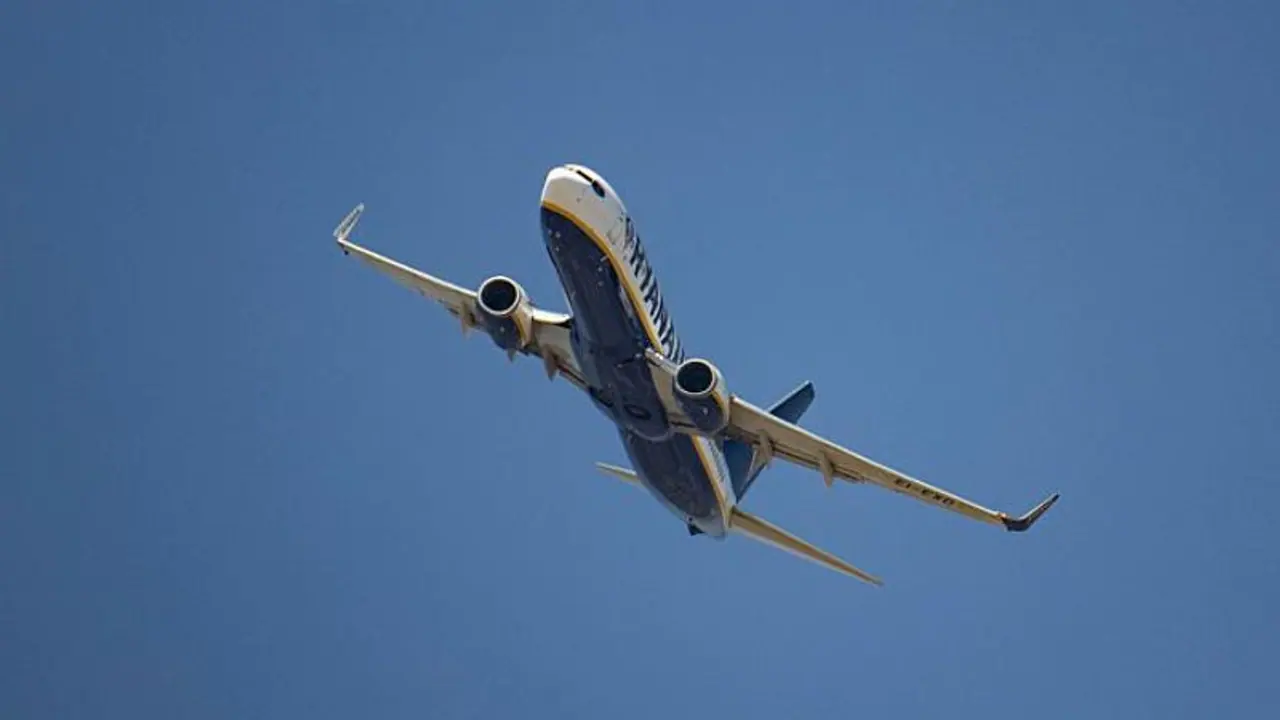Boeing's safety record in the sky once again hit major turbulence when a 737-800 aircraft operated by the China Eastern Airlines crashed on Monday.
Boeing's safety record in the sky once again hit major turbulence when a 737-800 aircraft operated by China Eastern Airlines crashed on Monday. Following the crash, all 102 737-800 aircraft being operated by the airline have reportedly been grounded.

Just recovering from jolt delivered by the 737 Max version, the crash of a six-year-old aircraft could once again raise question marks on the Boeing safety record. All 133 passengers and crew onboard the aircraft died in the crash en route from Kunming to Guangzhou, in China.
Also Read: Here's what radar information revealed about the last minutes of China crash
What's more, the Boeing 737-800 version is a widely-used aircraft for short-haul and mid-haul flights. Launched in September 1994 as part of the 737 Next Generation lineup, there are over 5,000 aircraft of this specific variant that are in service across the world.
The 737-800 Issues
The single-aisle aircraft is the predecessor to the 737 Max that was grounded after two fatal crashes in 2018 and 2019 claimed 346 lives. Investigations revealed issues with the Maneuvering Characteristics Augmentation System switch, which was intended to stabilise the plane as the new-generation engines mounted further forward tilted the aircraft nose up. The faulty MCAS repeatedly kept pushing the nose down. Investigations also found that not only was the MCAS software flawed, but Boeing had allegedly failed to inform airlines or train pilots on the new flight-control system.
Now, the 737-800 can carry 189 passengers. There had been some safety concerns listed about the 737-800 in the past, especially with regard to 'pitch-fork' cracks that were noticed on a part of the fuselage that helps attach the wings to the aircraft.
The 737 next-generation models had been called by the US Federal Aviation Administration for faulty altitude pressure switches, which it said, could potentially pose a safety risk.
Also Read: China Eastern airline's website changes into black and white after crash
Explaining the flaw that had been identified, the FAA noted how if the pressure switch and the backup pressure switch failed to activate when the aircraft is over 10,000 feet, it could result in loss of cabin altitude warning. That, in turn, would result in the cabin altitude warning system not activating. This could incapacitate the flight crew due to hypoxia, and consequently cause loss of control of the aircraft.
Nevertheless, nothing can be said for certain with regard to what caused the China Eastern Airlines aircraft to crash unless the flight data recorder is found.
The Crash History
The 737-800 has been involved in a number of fatal accidents:
January 2020
A 737-800 operated by Ukraine International Airlines crashed in Tehran moments after takeoff from Tehran's main international airport, killing 176 passengers.
September 2018
A 737-800 operated by the Papua New Guinea airline Air Niugini undershot the runway at Micronesia's Chuuk airport. One out of the 47 passengers on board died after the aircraft landed in a lagoon.
March 2016
A 737-800 operated by FlyDubai from Dubai to the southern Russian city of Rostov-on-Don crashed while trying to land. All 62 passengers on board lost their lives.
May 2010
A 737-800 operated by Air India Express overran the runway upon landing at Mangalore International Airport. Six crew members and 152 passengers on board perished in the crash. There were eight survivors.
January 2010
A 737-800 operated by Ethiopian Airlines headed for capital Addis Ababa crashed into the Mediterranean Sea moments after takeoff from Beirut's Rafic Hariri airport. Ninety passengers were killed.
May 2007
A 737-800 operated by Kenya Airways crashed soon after takeoff from Douala in Cameroon. All 115 passengers and crew on board perished.
September 2006
A 737-800 operated by Brazilian airline Gol Transportes Aéreos breaks up mid-air following a collision with an Embraer aircraft. All 154 people on board died.
Image Credit: Nicolas Economou/NurPhoto via Getty Images
